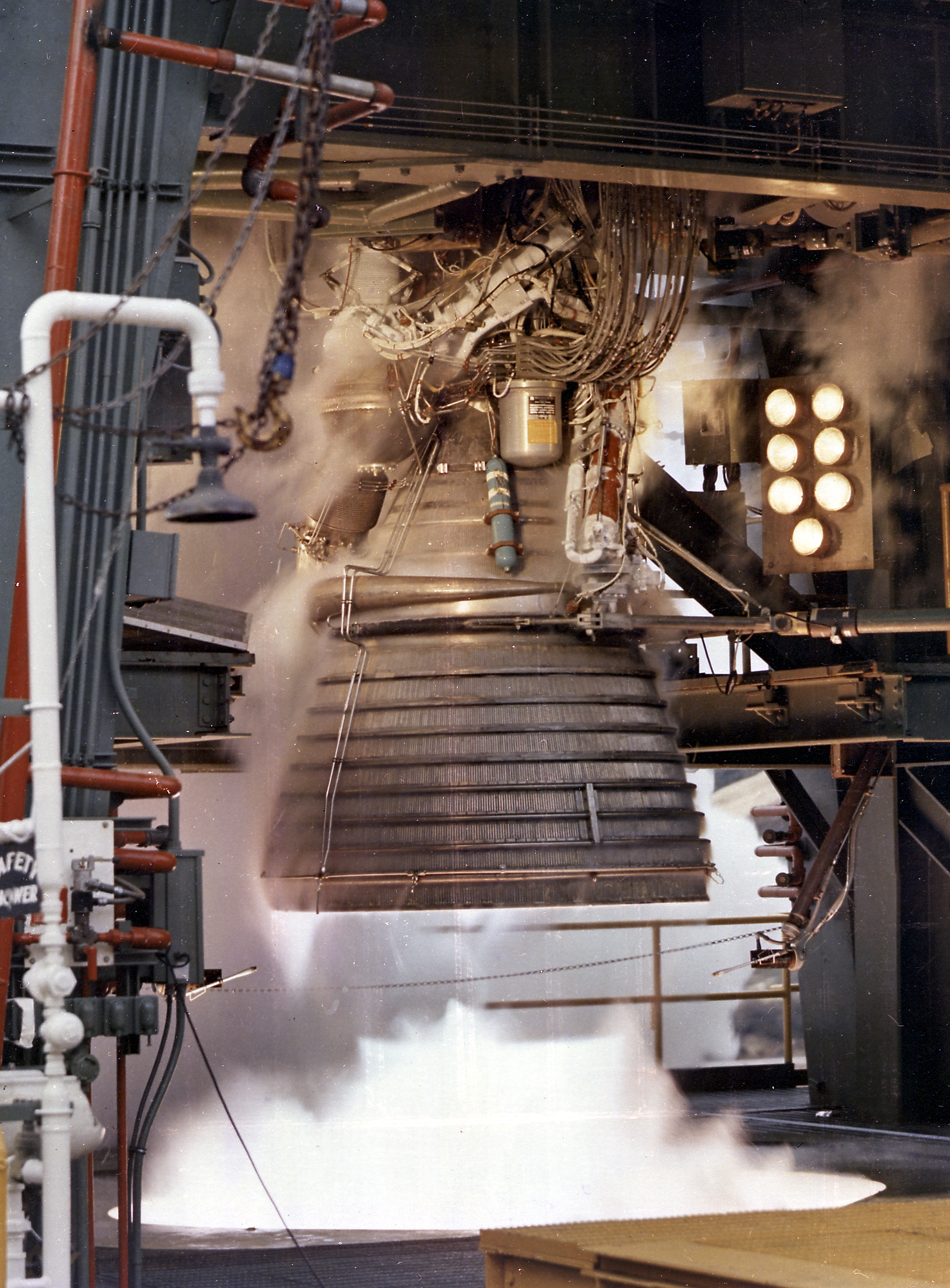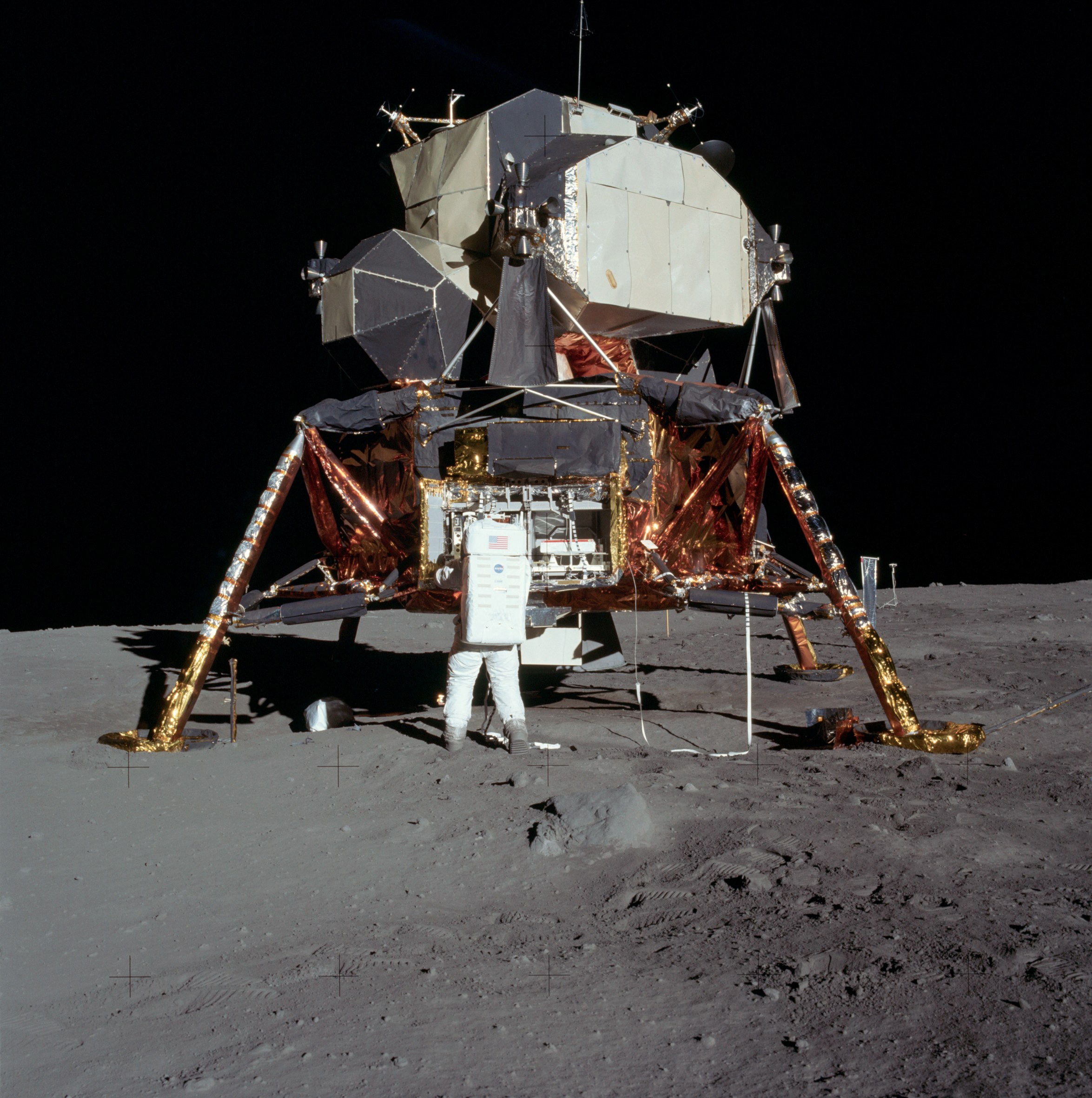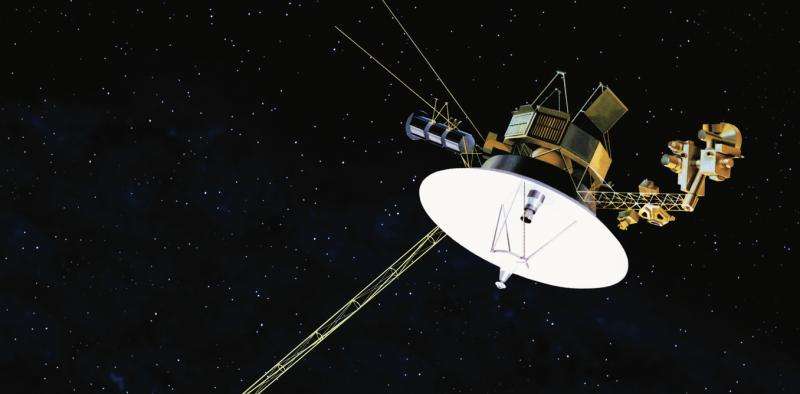Humans have always been fascinated by the wonders of our universe and exploring unknown worlds. Human space exploration has been made possible by the creation of spacecraft that support us in pushing the boundaries of our current knowledge and answering fundamental questions about our existence in the universe. They open our eyes to face the unknown and go deeper by visiting extremely far places in space, making observations and collecting important data. By combining human’s technological advancements with robotic exploration, we are able to observe and understand our cosmos more effectively. So, we’ll be looking at the essential spacecraft in chronological order that have made important contributions to our current understanding of the universe.
The Soviet Union's Sputnik 1: The dawn of artificial satellites
The first ever man-made object to be in space was
Sputnik 1 which was successfully launched on October 4 1957. It remained in Earth’s orbit until January 4 1958 when it fell into the atmosphere and burned up. The
sphere that you can see in the image was made of aluminum alloy and had the purpose of testing how to place an artificial satellite into orbit, measure the density of the atmosphere, test radio methods, find the effects of radio propagation in the atmosphere and test the pressurization
principles used on satellites. The sphere was filled with pressurized nitrogen which was an opportunity to detect meteoroids since any collision would cause losses in the internal pressure. However, no such events occurred.
Vocabubbleary: Radio propagation is the behaviour of radio waves as they travel from one point to another in an atmosphere or a vacuum.
Before we move on, let’s discuss what a
satellite really is. So, a satellite is a body that orbits a different celestial body and they can be either natural or man-made. Examples of natural satellites are the Earth and the moon. This is because the moon orbits Earth and Earth orbits the Sun! A man-made satellite, however, is a machine that is launched and orbits a body in space. This includes the Hubble Space Telescope and the Sputnik, as we just discussed.
The Vostok: Bringing man to space
The first spacecraft that has ever brought man to space was the
Vostok 1 in 1961 and Yuri Gagarin was the person inside the capsule. The controls of the mission were done from Earth since there were concerns that the effects of weightlessness on his body could affect his ability to do this task. Vostok made one orbit around Earth before it re-entered into the atmosphere and Yuri was ejected from the capsule to land on Earth with a parachute.
Americans also helped to build spacecraft to carry people into space and bring them back safely. There was Mercury which was able to accommodate one astronaut and it was used in multiple manned flights. The first American flight around the orbit was performed by astronaut John Glenn, part of Project Mercury in 1962. Later on, the Gemini capsule was also designed to hold two astronauts and had better autonomy to travel longer in space. This allowed the effects of weightlessness on humans to be studied and rendezvous between two vehicles in space to be tested.
Apollo 11: Humanity's first steps on the Moon
The main objective of the
Apollo 11 mission was to perform a crewed landing on the moon and return to Earth. They also wanted to explore using the lunar module and place a television camera for the transmission of signals to Earth. Two astronauts were also tasked to gather samples of materials on the surface of the moon and photograph its terrain during the exploration. Apollo 11 launched on July 16 1969 from Cape Kennedy and the astronauts were Commander Neil Armstrong, Command Module Pilot Michael Collins and Lunar Module Pilot Edwin Aldrin. The mission required 3 pieces of spacecraft were the Saturn V rocket, the Command Module named Columbia 9 and the Lunar Module called Eagle. It was first launched into an Earth orbit and then in the S-IVB stage, the third stage of the Saturn V rocket, ignited again to place the spacecraft into a translunar orbit where Columbia and Eagle separated. Columbia then docked with Eagle and was injected into heliocentric orbit. On July 19, the docked vehicles were placed into a lunar orbit and after some checks, Armstrong and Aldrin entered the Lunar Module from the Command Module. The 2 spacecraft undocked and the LM’s descent engine fired to make a landing.
Vocabubbleary: Heliocentric orbit is the orbit of a spacecraft or space body around the Sun.
Vocabubbleary: Docking is when spacecraft meet each other and physically join
One of the 5 engines of The Saturn V rocket was called the Rocketdyne J-2. It had a maximum thrust of about 100000 kg (100 tons) that was created by a violent explosion of combustion gasses. The way engines for rockets work is not the same as airplanes where they utilize oxygen from the atmosphere, so this is solved by stocking the necessary gasses in the spacecraft. Therefore, hydrogen was stored in cryogenic reservoirs for fuel, and oxygen was carried to allow combustion to occur.
Vocabubbleary: Cryogenics is the science about the production and effects of materials at low temperatures
Let’s get more into what exactly the
lunar module was. The LM called eagle was used for descent to the surface of the moon and was used as a base during exploration by astronauts. It was also made up of an ascent stage where the top part of the module lifted the spacecraft from the lunar surface. It then went to rendezvous and dock with the Command Module that was orbiting the moon. You may have realized that the LM looks fragile, it is because the module was only designed to only fly in the vacuum of space so it wasn’t built to be streamline or have a heat shield. Also remember that the moon has no atmosphere due to its small size and weak magnetic field. The Command Module was also used in the Apollo 11 mission. It carried the astronauts and served as the main space for them to work and live.
Vocabubbleary: Rendezvous is the process where two spacecraft are brought together
Voyager probes: Revealing the outer planets' secrets
The Voyager 1 and 2 spacecraft were
launched in 1977 with the mission to explore Jupiter and Saturn. Can you believe that they are still in space and have been traveling through the cosmos for more than 40 years now? Voyager 1 entered interstellar space in 2012 while Voyager 2 did so in 2018 and both spacecraft are still sending data about their surroundings through the Deep Space Network (DSN). They have made many interesting discoveries like the active volcanoes on lo, which is one of Jupiter’s moons, and more details about Saturn’s rings. After that, the mission was extended and Voyager 2 explored Uranus and Neptune as well. Currently, there is an Interstellar Mission where the Voyager can help to extend NASA’s insight about the solar systems that we don’t know much about.
Vocabubbleary: Interstellar space is the region between stars, filled with material released from the death of nearby stars millions of years ago
Space Shuttle program: The era of reusable spacecraft
NASA had many
space shuttles called Columbia, Challenger, Discover, Atlantis and Endeavour which flew 145 missions. Their purpose was to construct the International Space Station, carry people into orbit and repair satellites. The final space mission was in 2011 where Atlantis took off from the Kennedy Space Center in Florida. The American space shuttles were the world's first reusable spacecraft and were
made of 3 elements: 2 Solid Rocket Boosters (SRBs) that provided 80% of thrust for launching, the orbiter and the External Tank (ET) that provided fuel for the engines. However, the tank was the only part that was not reusable. The orbiter is the heart of the entire system that contains the pressurized crew compartment, the cargo bay and the main engines connected at its end. However, there were 2 accidents in the history of space shuttles. In 1986, the Challenger shuttle exploded only a while after its launch and in 2003, the same happened to Columbia.
☕ Hubble Tea of the post! ☕
Hubble has found a stellar jet in a region named G35.2-0.7N that is around 7000 light years away from us. It lies in the constellation Aquila and the region is known to have high-mass star formations. We will explain this in greater detail in another post, but for now, just know that these are stars that are so huge they die as disastrous supernovae. The bright light that you see in the image is actually from a strong beam of matter being ejected from young stars (called protostars) that is launching towards us, therefore calling it a protostellar jet. They are collimated which means they tend to be ejected in parallel streams and this is why they do not spread out very much.
Vocabubbleary: Supernova is the explosion of a star when it reaches the end of its life cycle. The light produced from one is 8 billion times brighter than our Sun.
The image was taken with the purpose to research about the extent to which ionization occurs in the jets shot form the protostar buried within the nebula. Ionization is a process where atoms or molecules become charged which is commonly due to the loss of electrons to the high-energy environment they are in.
Well, that wraps up this post about the first part of spacecraft in the history of space exploration of humans. Look forward to our next post soon about the types of stars in the universe! Be sure to follow us on our socials to stay updated and give us suggestions on what you would like to read about :) Remember to enjoy learning about our beautiful universe while sipping space tea! 🔭✨
Socials!
Instagram: hubble._.tea
Twitter: hubble0_0tea









Amazing Article!
ReplyDeleteThank you!
DeleteNicely written article going over various aspects of astronomy. Couple of things that caught my attention: unit of thrust is in N or lbf, not in kg and not all stars die with supernova explosion.
ReplyDeleteOn another note, people who spend time reading these type of articles might expect to have more details than covering different topics.
Thank you for the feedback! I will take this into account!
Delete